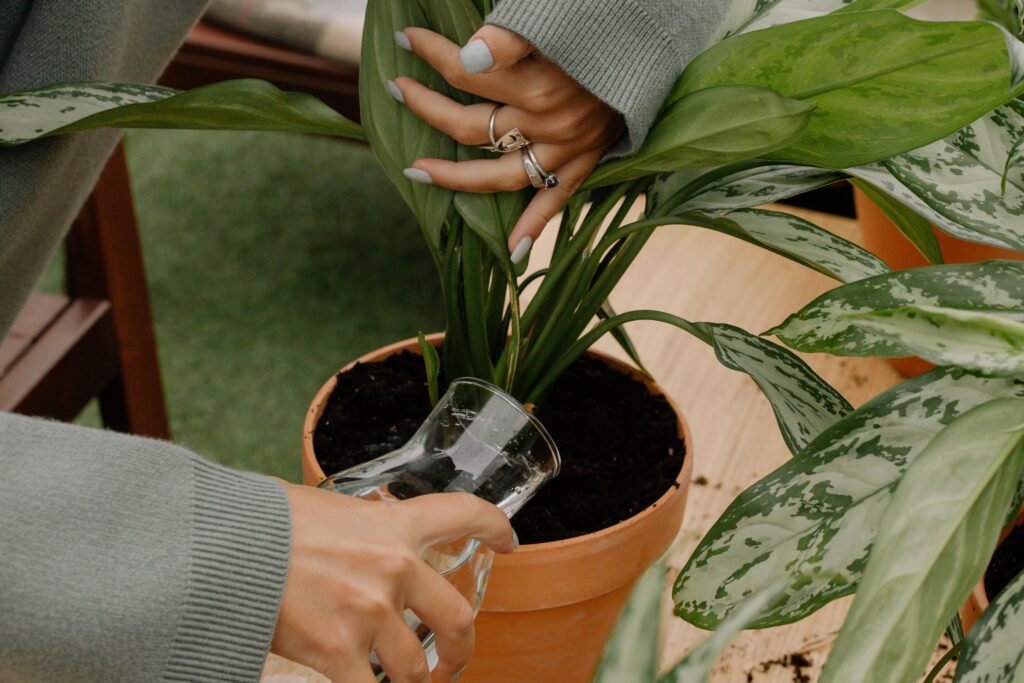Greywater reuse systems can achieve savings between 30% and 45% of drinking water.
Greywater is water from the kitchen, the laundry room, washbasins, sinks, showers, etc. Wastewater that at first sight can be unusable, however, its reuse manages to reduce the expense on drinking water, and reduce the discharge of wastewater.
When used properly, greywater is a valuable source of fertilizer for horticulture. The same phosphorus, potassium, and nitrogen that makes greywater a source of pollution for lakes and rivers contains beneficial nutrients for the irrigation of plants.

However, it should be considered that although greywater is not as dangerous to health or the environment as black water is, it does possess large quantities of nutrients, organic matter, and bacteria, in the absence of efficient treatment of greywater prior to reuse, could therefore cause harmful health effects, environmental pollution, and bad smell. So consider the following if you want to reuse gray water in your home:
• Do not store greywater for more than 24 hours. If you store sullage, the nutrients in them will start to break down and generate odors.
• Minimizes contact with greywater, as it may contain pathogens harmful to health.
• Adjust the amount of sullage directly to the irrigation needs of your plants.
• Avoid using greywater for irrigation if you have used products containing salt and sodium.
How to reuse gray water in the home?
1. One of the easiest ways to reuse water is to put a bucket under the shower jet while you wait for the water to heat up. This is completely clean water and is ideal for watering the garden, flushing the toilet, and mopping the floor.
2. Another way is to remove the siphon from the sink (the “J” shaped part below) and capture wastewater that comes out with a bucket. If you decide to do so, you need to constantly check the water level so your bathroom doesn’t flood. This greywater can be used to discharge the toilet (pour it into the toilet, not the tank), or water the plants of your home, as long as you don’t use toxic soaps or detergents.
3. You can also use the greywater in your tub if you have one. Although this would require some plumbing work; you have to install a three-outlet valve so that the drainage water can be sent to a greywater treatment system or directly to the wastewater pipe. However, if you don’t want to put too much work into a greywater system for the tub, you can always reuse water from showers or tubs, but you’ll need to use a bucket to manually empty the tub.
4. The greywater in the laundry is also completely reusable, as long as the soap you use to wash your clothes does not contain chlorine. The easiest thing is to remove the drain hose from the washing machine, or you can even install a garden washing machine system as an effective method of watering the plants.
Reuse of water reduces drinking water costs, protects groundwater reserves, and reduces wastewater discharge. Greywater treatment systems can be incorporated into any building, and it is estimated that each household can save about 45 liters of drinking water and sewage per person per day. In hotels or sports facilities, savings can reach 60 liters per person per day.